
LED Strip Light Die Cutting Solutions
- posted by: hds
- No Comments
The invention of the light bulb was a significant achievement in humanity’s conquest of darkness,transforming night into day.
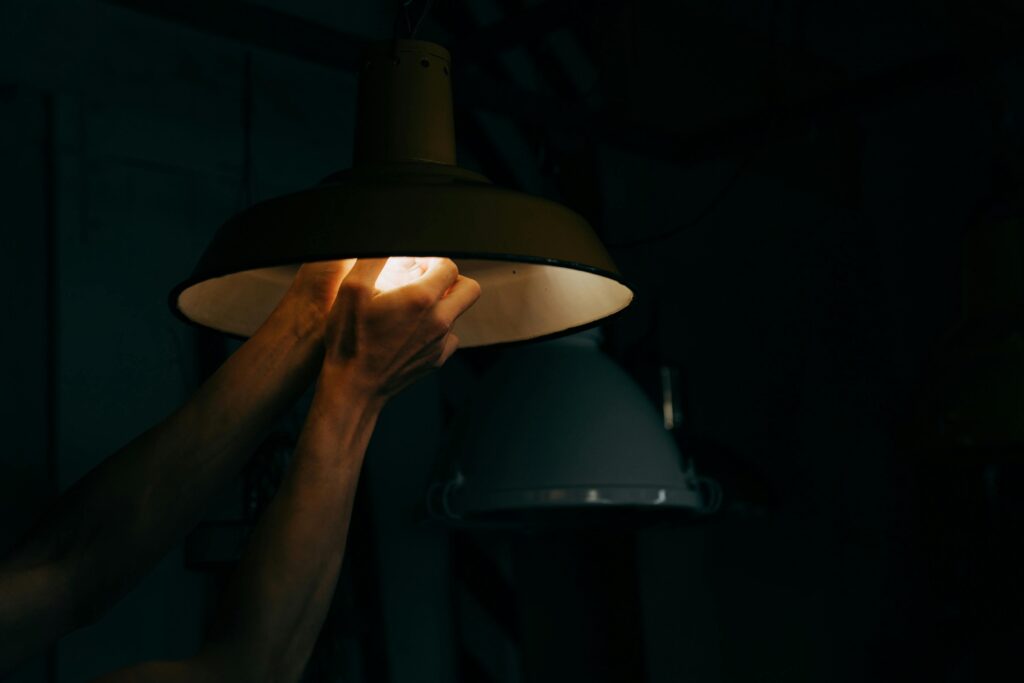
As technology and society continue to evolve, lighting innovations have kept pace, with LED light strips emerging as a prominent member of the lighting family.
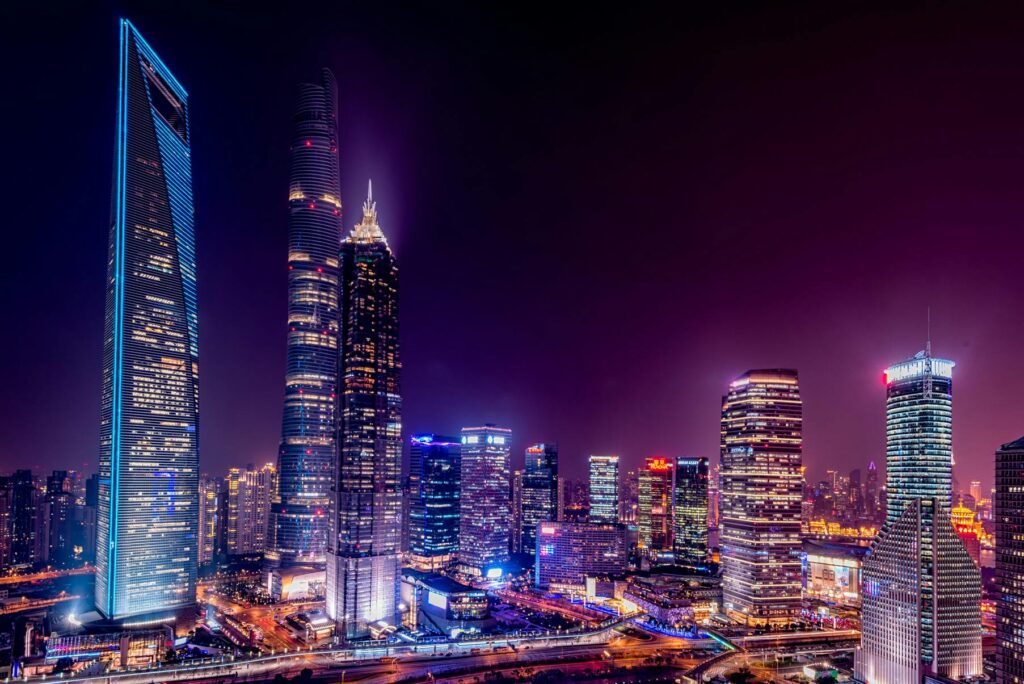
Initially, the application of LED light strips was not widespread, mainly seen in large parks, buildings, and commercial establishments. However, with the rapid development of society and the increasing demand for quality of life, creative living has become a mainstream concept, and LED light strips have caught the attention of various industries for their versatility.
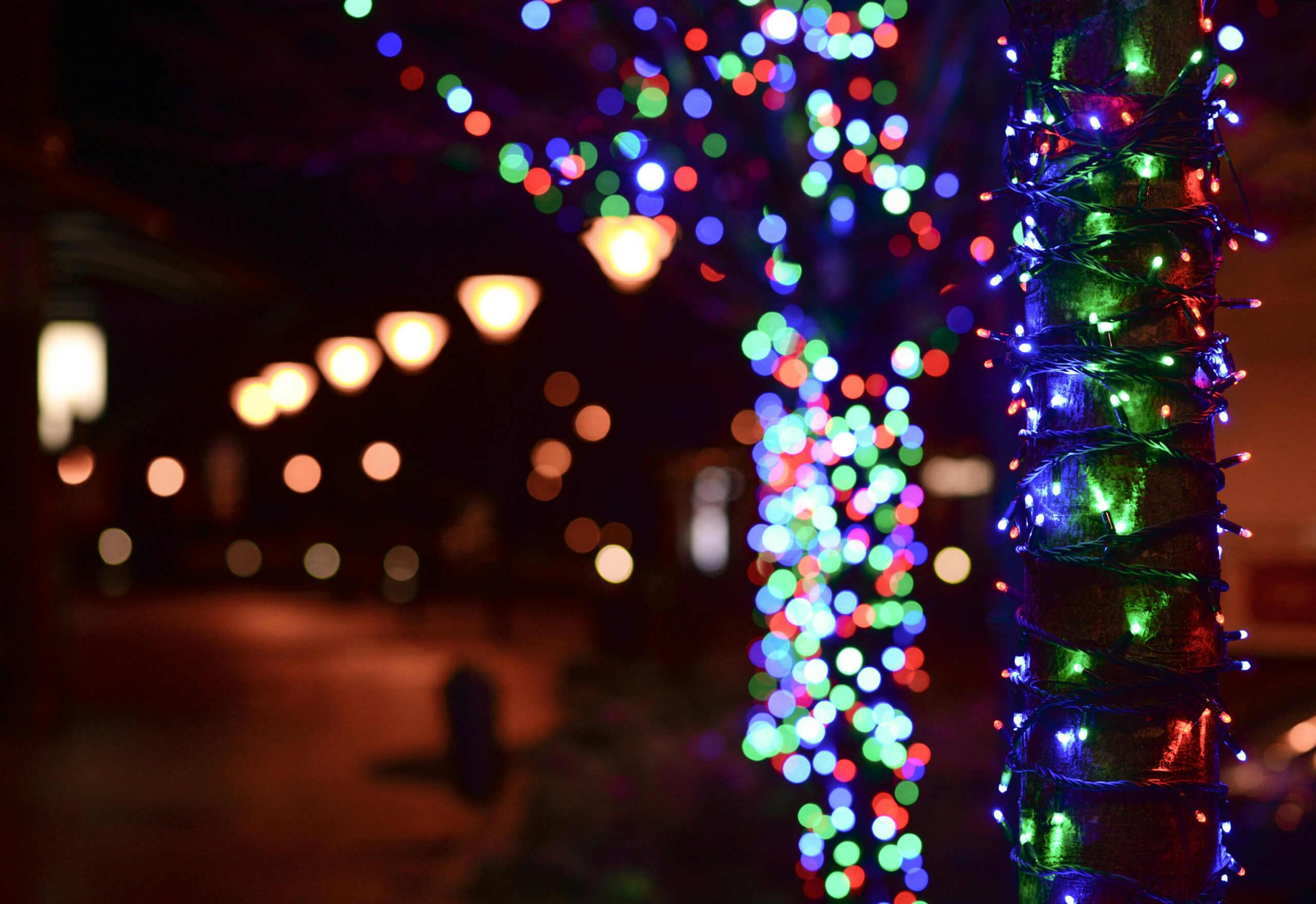
LED light strips can now be found in a multitude of environments, both indoors and outdoors. Outdoor applications include parks, buildings, roads, bridges, pools, advertisements, vehicles, and ships. Indoors, they are used for display cases, residential and commercial lighting, hotels, shopping malls, office buildings, and decorative lighting at light festivals and other leisure venues.
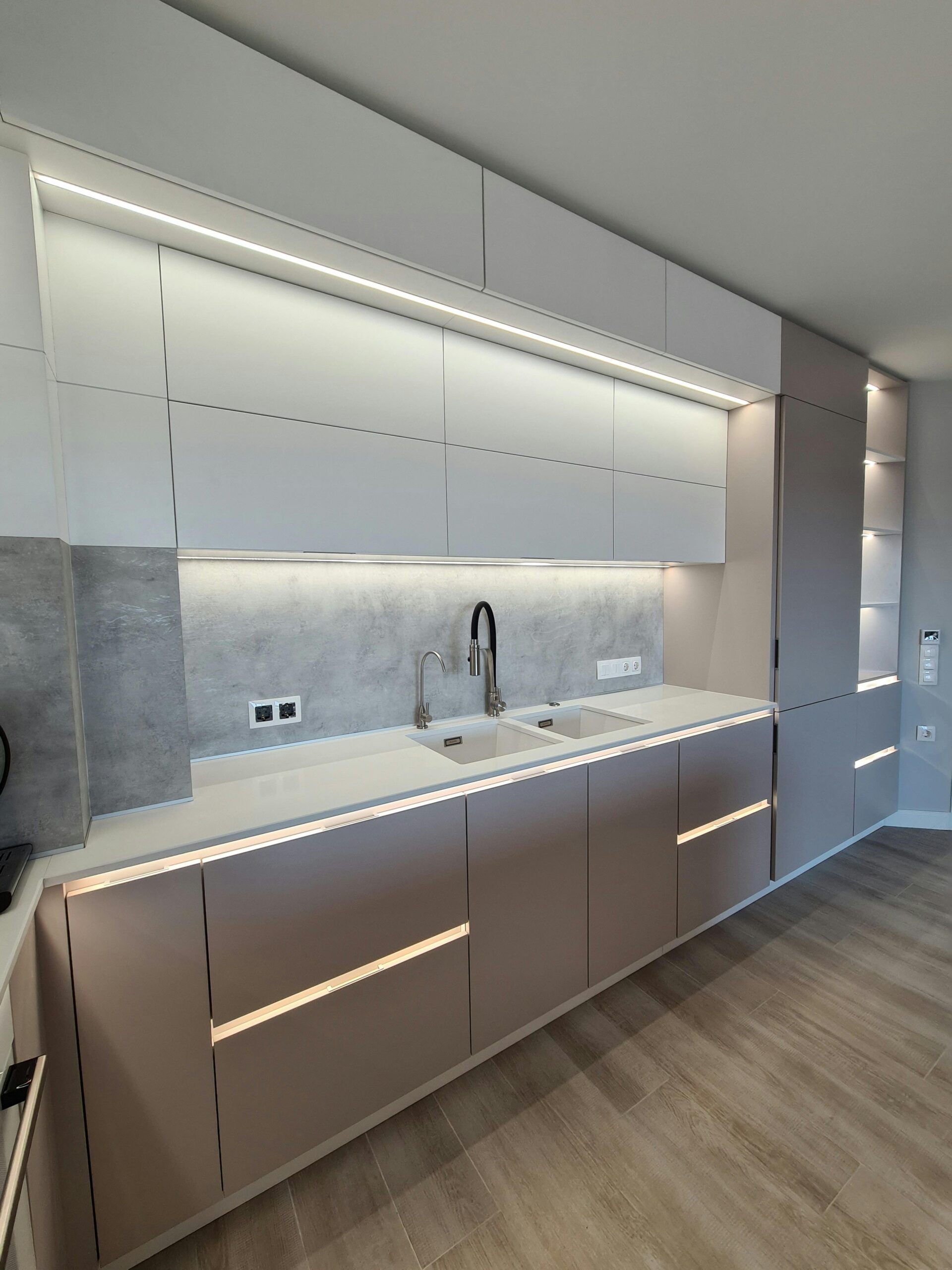
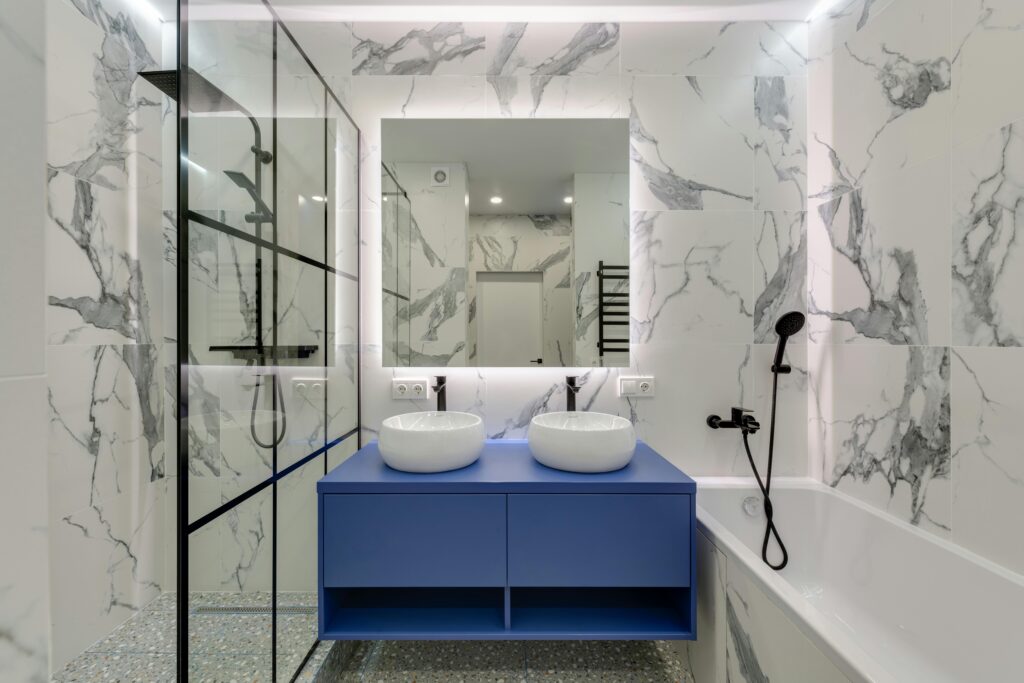
LED light strips are a flexible, energy-efficient, and eco-friendly alternative to traditional fluorescent tubes. Their widespread adoption can be attributed to several factors:

The initial process for creating light strips involved etching technology, which had several limitations:
1.Lack of environmental friendliness due to the use of chemical agents.
2.Low positional accuracy and imprecise hole sizes.
3.Limitations on material thickness, with thicker products unable to be etched.
4.Potential for data inconsistency due to changes in the etching solution.
5.High costs due to the need for specific formulations and the inability to recycle etching liquid.

With advancements in production technology, die-cutting has largely replaced the early etching process. The HADESHENG round knife mold addresses these issues effectively:
1.High precision die-cutting with a blade accuracy of ±0.02mm and a minimum blade gap of 0.3mm, resulting in low product error rates.
2.High yield and efficiency, saving on the cost of expensive materials.
3.Compatibility with single or multiple blades for various complex processes.
4.Long service life.
5.Integrated process, with all operations completed on a single machine.

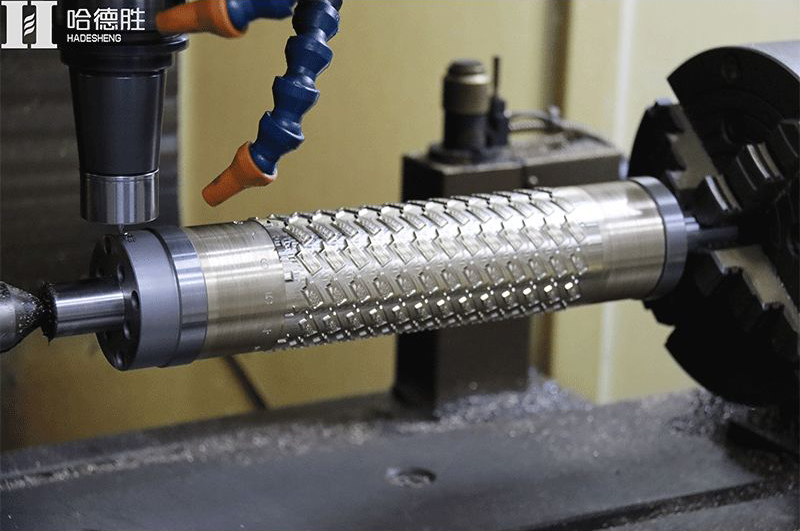

The progress in light strip die-cutting technology represents a milestone in the evolution of technology and society, with digital technology innovations making the die-cutting process more precise and consistent. This advancement allows for high precision and efficiency while maintaining user-friendly operation.
The technology behind light strips is not limited to this; with creativity in your hands and innovation at HADESHENG, the possibilities are endless.
